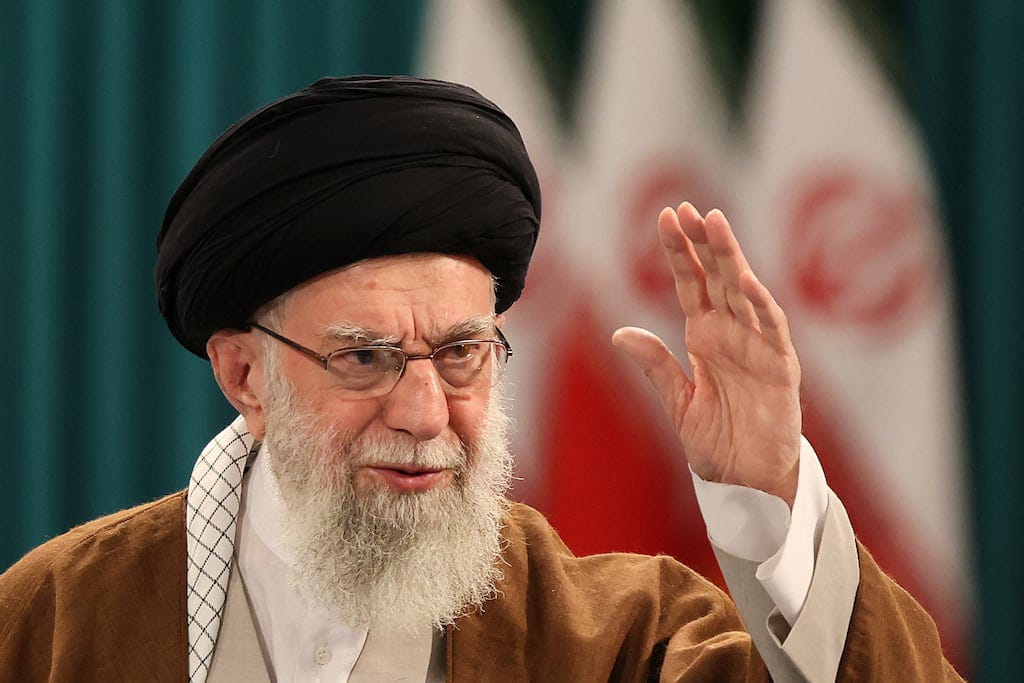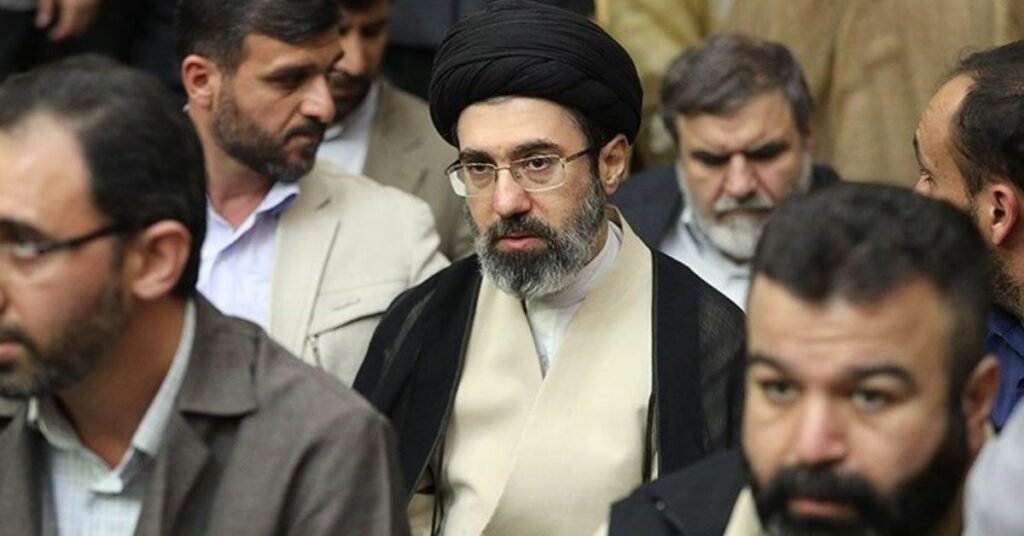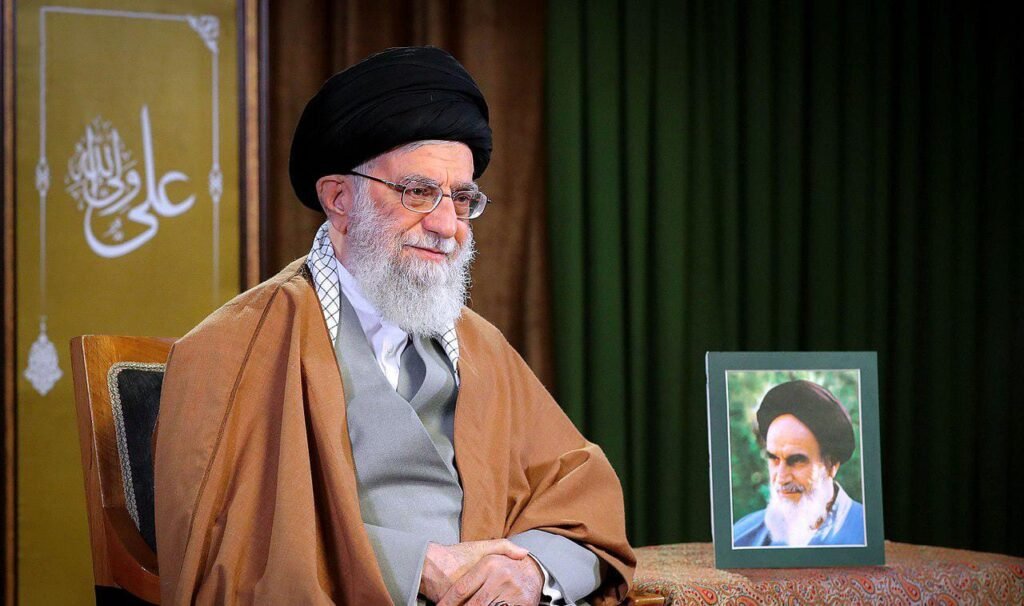
Iranian Supreme Leader’s health worsens: Who will be the successor? Read the whole story to know the future of the nation.
Iran’s Supreme Leader, Ayatollah Ali Khamenei, is said to be suffering from severe health issues, with even rumors of a possible coma. This has created much speculation about the future leadership of the nation. Their 60-member assembly sits under a cloud of election for the successor while tension subsists between the lines with Israel. Keep tuned for the implications on Iran and the world at large.
Who Will Lead Next?

Reports also indicate that the health of the leader has deteriorated and culminated in his falling into a coma. Such news has led to heated debate on succession plans for Irans. The situation worsens because of avoidance of political instability or unrest when clashes flare up with Israel.
Leaders seem to have already settled on a candidate in their secret meeting last month. The worsening health of Iran’s Supreme Leader Ali Khamenei throws succession by the wayside.
To prevent political upheaval and an all-out conflict with Israel, it was reported that Mojtaba Khamenei, Khamenei’s second son, was appointed as the next successor, officials said. Mojtaba has enormous influence among Iran’s powerful political and religious elite, even though he has no experience in government service. Some analysts argue that appointing him during Khemenei’s health crisis might help have a relatively smooth transition and fewer protests against it, but rising concerns are now being associated with the hereditary nature of the succession. Also, the Islamic Revolutionary Guard Corps (IRGC) is likely to play an all-important role in this process.
The Assembly of Experts elects Iran’s Supreme Leader for a lifetime. According to Article 111 of the Constitution of the Islamic Republic of Iran: If the incumbent Supreme Leader dies or is removed, the Assembly of Experts should convene an emergency session to elect a replacement. There would be a ‘Provisional Leadership Council’ which would guarantee all the responsibilities of the supreme leader are acted upon before electing a permanent successor and is comprised of the incumbent President, the incumbent Chief Justice, and one of the clerics of the Guardian Council chosen by the Expediency Discernment Council.

The officials, as per the Constitution of Islamic Republicans of Iran, acted in time. A conference was called at Khamenei’s instance reportedly placing high pressure on the 60-member assembly to reach an agreement unanimously, with Khamenei and his agents making veiled threats to gain uniformity. There is evidence that last week, Tehran secretly decided on its successor, with the situation that the ailing Ayatollah Ali Khamenei may relinquish power before his death.
The emerging leadership change overlaps The emerging leadership change overlaps with the growing tension between Iran and Israel. In the past few months, the latter subjected Iranian-related sites in Syria and Iraq to punitive strikes. Consequently, retaliatory missile attacks claimed to be traced back to Tehran. These measures only serve to further entrench the tense relationship between the two countries and their respective strategic interests within this region.
When the Iranians refuse to make it seem like a state that wants to avoid escalation, its proxy groups and missile programs continue to entice responses from Israel. This further subverted the region. This dynamic compounds the complexity of Iran’s internal political contiving, because any leadership vacuum would weaken Tehran’s capacity to project power outwards.
Therefore, the reported Ayatollah Khamenei health crisis comes at a critical point for Iran. It’s when the possibility of power transfer bears problems that range from maintaining peace domestically and internationally while keeping regional influence at times when tensions with Israel have heightened. How this leadership handles that period will set the tone for the following years in Iran.

